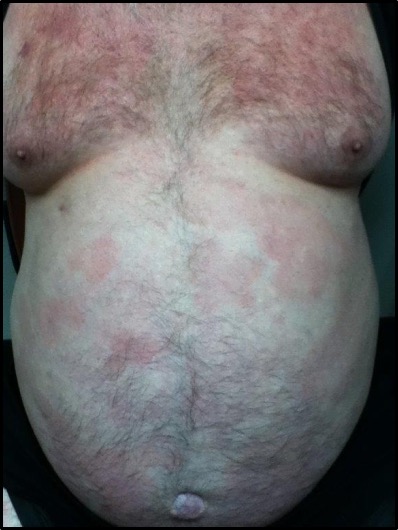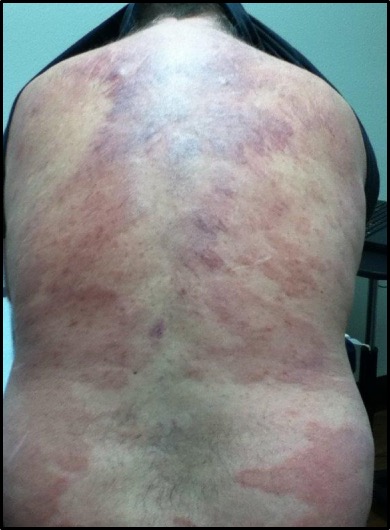Case Presentation: A 54-year-old male with no significant past medical history or foreign travel history presented to the clinic with a diffuse, pruritic rash. Patient is a wild boar hunter who handled fresh armadillo carcasses without the use of gloves. Patient was born in Pennsylvania and moved to Florida at 6 months of age, no history of overseas travel or recent travel outside of Florida. PCR was positive for M. leprae and negative for M. lepromatosis. A skin biopsy was positive for borderline lepromatous leprosy with an early type 2 erythema nodosum leprosum reaction. This case report demonstrates how a rare zoonotic infection was inadvertently acquired by a human host in West Florida by handling nine-banded armadillos without proper equipment.
Discussion: Most of the leprosy cases reported in the U.S. came primarily from Southern states, but 93% of the cases reported in the Americas came from Brazil. In the U.S., approximately 200 cases of leprosy are reported each year, and about 175 of those cases are diagnosed for the first time. Florida contributes a small number of these, but recent data is showing an increasing incidence. Studies from other southern U.S. states demonstrate infection with the same strain of Mycobacterium leprae, thus confirming the nine-banded armadillo as the main risk factor. Because of this bacteria’s rarity in the region and the nonspecific symptoms that manifest in a new host, this case report highlights the importance of including leprosy in the differential diagnosis in patients with a high exposure to wildlife in Florida.
Conclusions: This case report demonstrates how a rare zoonotic infection was inadvertently acquired by a human host in West Florida by handling nine-banded armadillos without proper equipment. It highlights the importance of including leprosy in the differential diagnosis in patients with a high exposure to wildlife in Florida.


